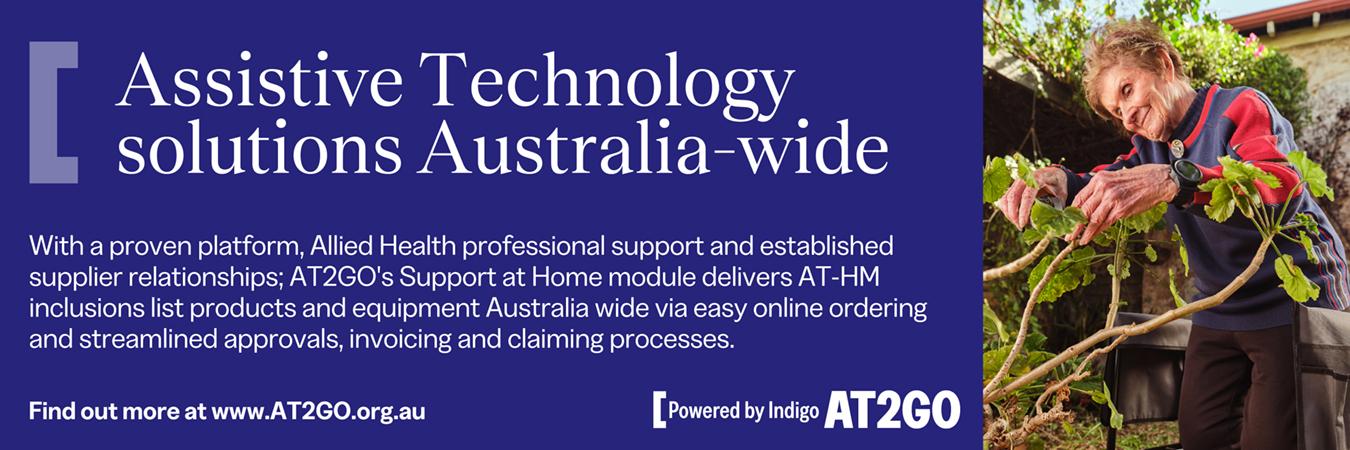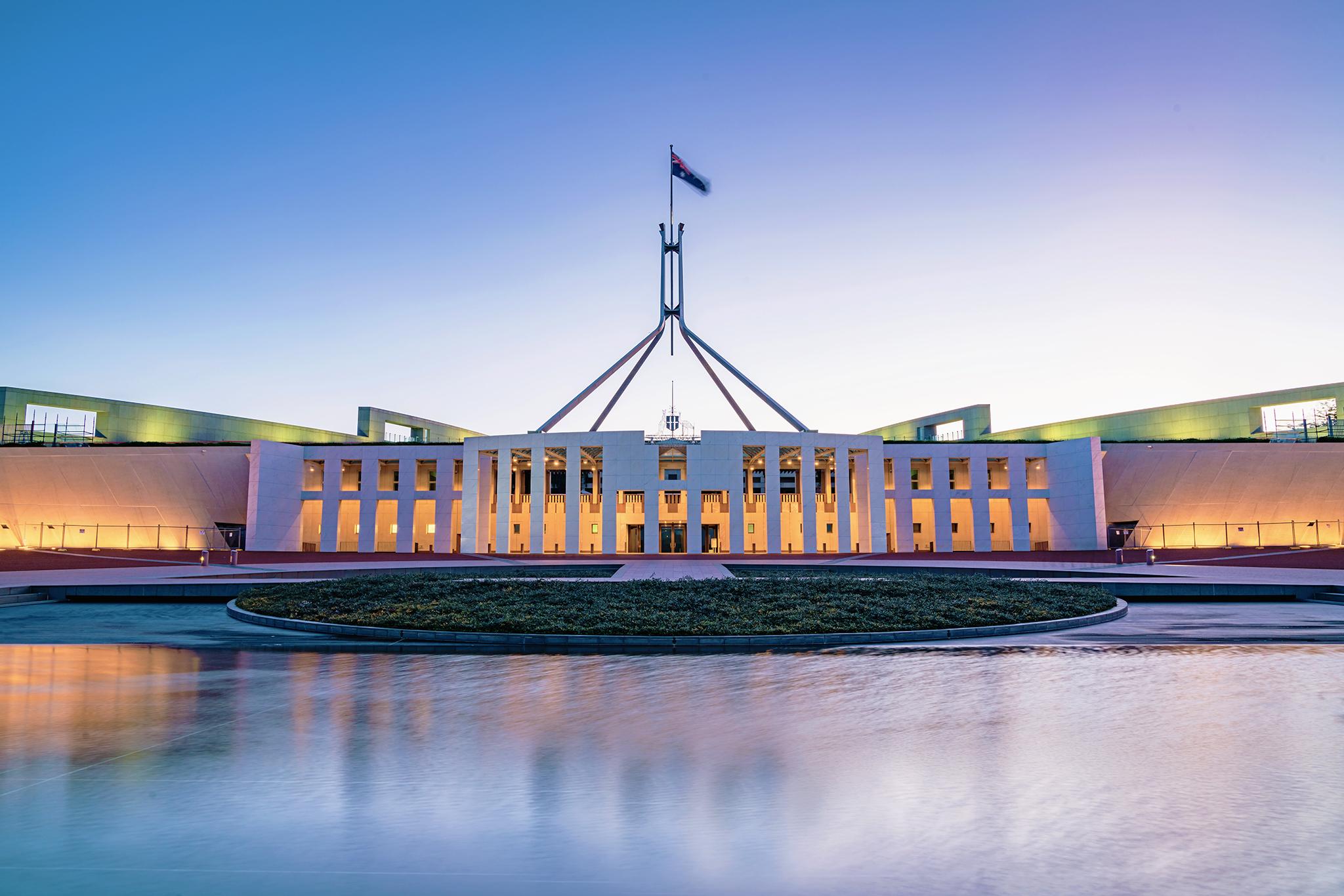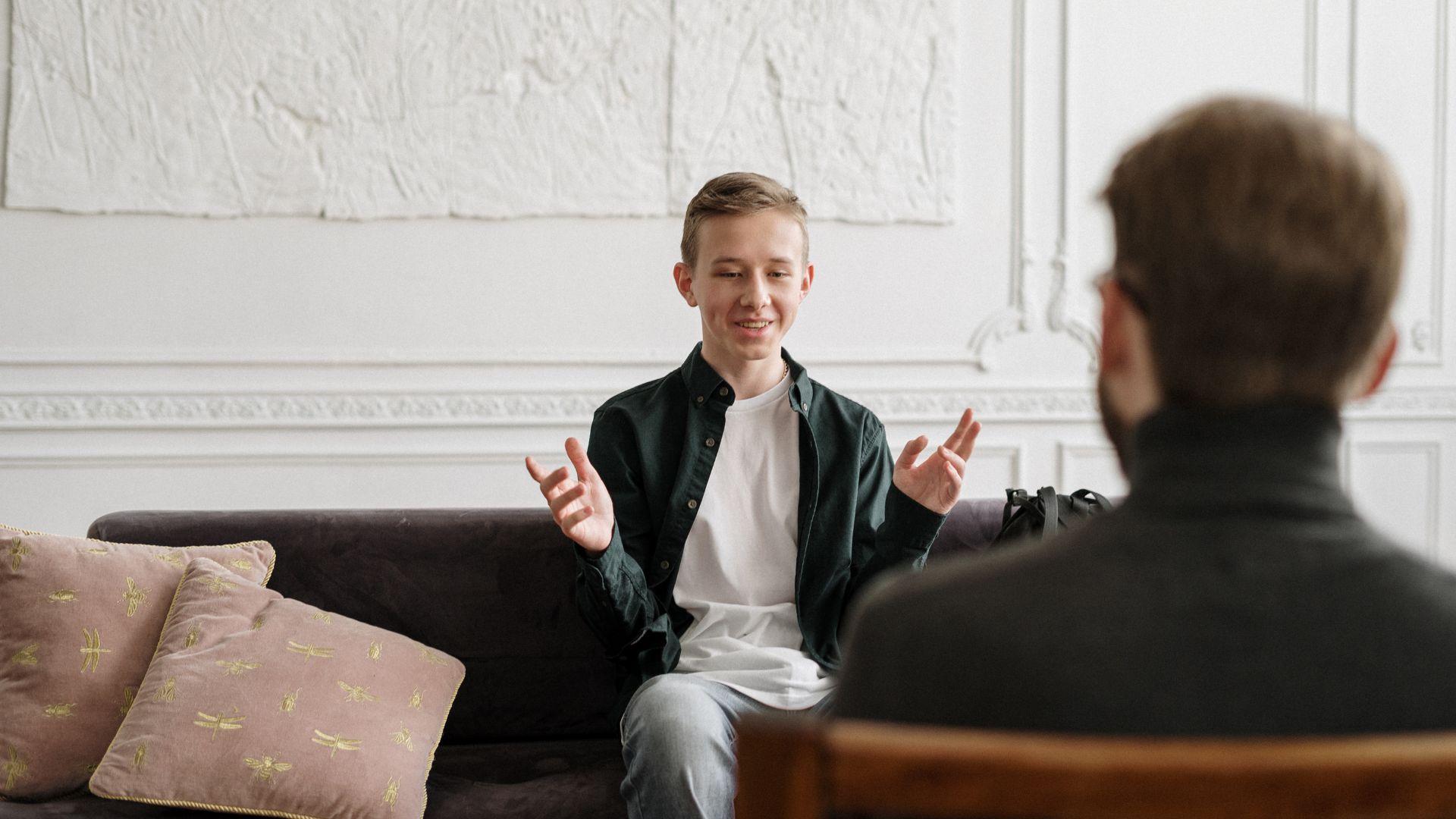
Published: Friday 6 June 2025
Thoughts from Will Crowe, OT & lecturer in the use of artificial Intelligence in occupational therapy at Flinders University
Among the most captivating and controversial technological advancements is the rapid proliferation of artificial intelligence (AI) image generation tools. These sophisticated algorithms, capable of transforming text-based prompts into intricate visual imagery, are not merely a novelty; they represent a profound shift in how art is conceived and created and pose some significant ethical issues.
AI image generation offers unprecedented accessibility for individuals with significant physical limitations. Traditional art forms, such as painting, sculpting or sketching, often demand a level of accurate fine and gross motor skills, sustained grasp, or specific physical movements that can inadvertently exclude a significant portion of the disability population. AI tools can bypass these conventional requirements by allowing users to input their creative ideas through text prompts, voice commands, or other accessible interfaces.
My first example of witnessing this in a real-world application, was an individual with severe motor impairments utilising an eye-gaze device to craft a text prompt describing their internal experience of living with such limitations, and then submit this to the AI platform to generate a visual representation of that deeply personal narrative. Below is the prompt they used and the image above is the outcome they decided most accurately portrayed their intended visual expression:
“Impressionistic painting, soft, blended colours of lavender, rose, and pale blue. an ethereal hand gently reaching out towards a single, luminous flower. The background is softly blurred, creating a dreamlike atmosphere. digital oil painting with visible brushstrokes and soft edges. the longing for physical connection and the memory of gentle touch.”
OTs can play a vital role in supporting clients to find a balance between technological assistance and personal artistic involvement. The focus should not solely be on the end product but also on the individual's engagement with the creative process, even when mediated by AI. For those with significant physical limitations, this might involve encouraging clients to think deeply about their prompts, to experiment with different phrasing and styles, and to reflect on the images generated and how they relate to their internal experiences or artistic intentions.
Occupational therapists have a professional responsibility to provide accurate guidance to their clients on ethical issues. Copyright concerns, consent, fair use, intellectual property rights, misinformation and the potential impact on human artists' livelihoods are all significant concerns. By providing informed guidance and fostering critical thinking, we can empower our clients to harness the power of AI responsibly, ensuring that it serves as a genuine tool for self-expression and occupational engagement.
To support OTs on their AI journey, OTA is making it a priority to offer training in this fast-growing area. Will Crowe and Jess Francis are delivering a live, online workshop on 17 June to Elevate Your OT Practice with Generative AI: Intermediate. .
And for our International Speaker Tour 2025 we have invited AI expert Dr Karen Jacobs, who will focus on the safe, ethical, responsible integration of AI Into occupational therapy. Don't miss out - registration is closing soon!
Related Tags




